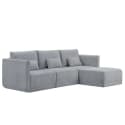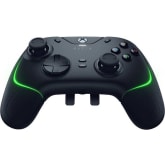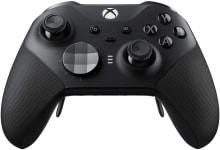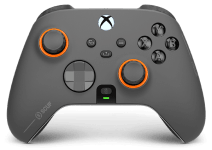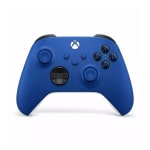Written by Alex Kane, senior editor, games journalist, and storyteller with 13 years’ experience.
Updated August 18, 2023
If you’re playing games on an Xbox One, Xbox Series X (or Series S), or modern Windows PC, you’re going to need a controller that’s up to the task. There are a variety of high-end controllers for competitive players out there—as well as stylish limited-edition designs that let you express yourself—and we’ve got a lot of hands-on experience with this particular category. That includes the Xbox Adaptive Controller from Microsoft.
Microsoft’s Elite Series 2 is easy to recommend; it’s highly customizable, built to withstand years of regular use, and is a little more accessible than your standard gamepad. A lot of serious players also swear by the Scuf brand at the higher end. Each of them comes with “paddles” underneath that let you keep your thumbs on the sticks.
Here are five of the best Xbox controllers you can get right now.
More Articles You Might Enjoy
Prices were accurate at the time this article was published but may change over time.
The product experts at Reviewed
have all your shopping needs covered.
Follow Reviewed on Facebook,
Twitter,
Instagram,
TikTok,
or Flipboard for the latest deals, product reviews, and more.
Meet the tester

Alex Kane
Sr. Editor, Search & Updates
@alexjkane
Alex Kane is a senior editor at USA Today’s Reviewed and the author of the Boss Fight Books volume on Star Wars: Knights of the Old Republic. He has written for Fangoria, PC Gamer, Polygon, Rolling Stone, StarWars.com, and Variety. He lives in west-central Illinois.
Checking our work.
Our team is here for one purpose: to help you buy the best stuff and love what you own. Our writers, editors, and lab technicians obsess over the products we cover to make sure you're confident and satisfied. Have a different opinion about something we recommend? Email us and we'll compare notes.
Shoot us an email
